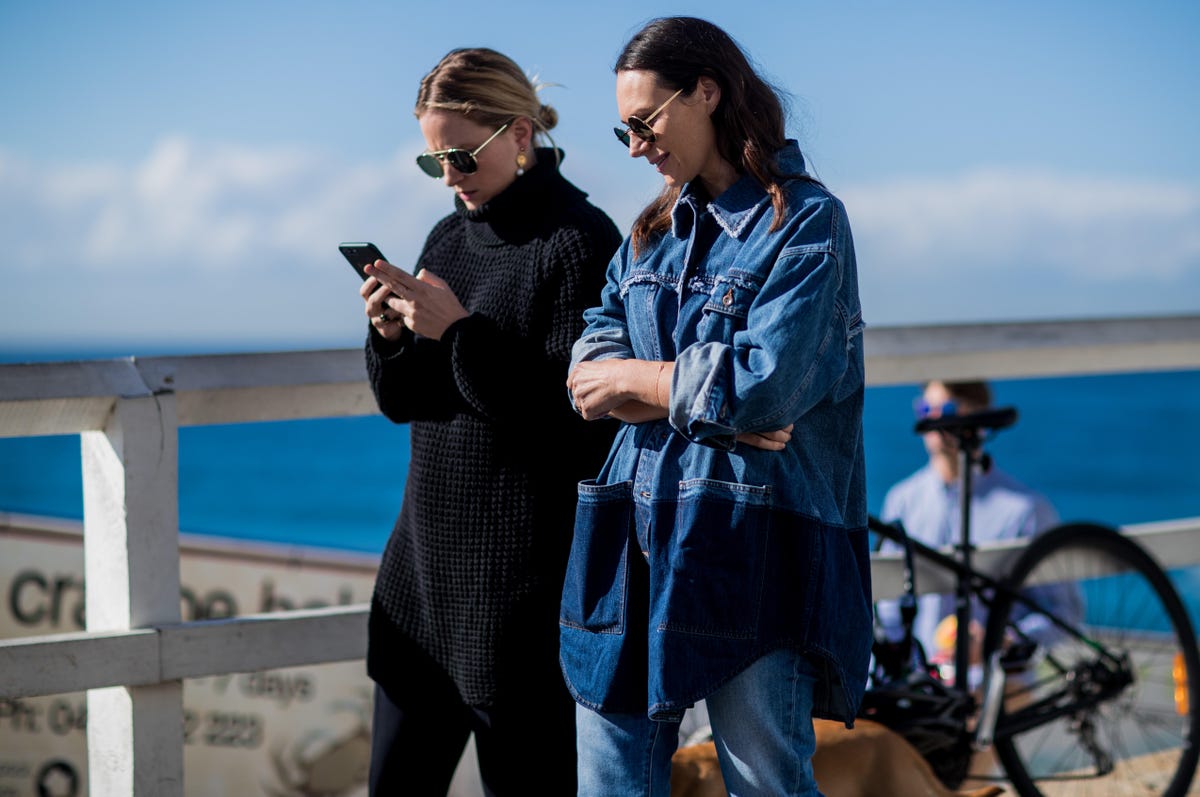
Almost 70% of Australians, regardless of their age, are concerned about their privacy when using new technology, according to a survey conducted by the Australian Communications and Media Authority (ACMA).
“Such deep immersion in the online world also brings with it a range of risks and challenges — from privacy and security concerns to exposure to misinformation and disinformation, scams, online bullying, and other harms,” ACMA said.
This finding arose as part of two new reports that were released by ACMA on Tuesday. The first report [PDF] provides data about the digital preferences of Australians aged 65 or over, while the second report [PDF] looks at same type of data for Australians in the 18 to 34-year-old age bracket.
Both reports are aimed at providing snapshots of Australia’s digital usage and uses findings from ACMA-commissioned research undertaken by the Social Research Centre, which consisted of interviews with thousands of Australians from December 2019 to June 2020.
In the first report, ACMA said Australians aged 65 or older have been connecting to the internet more than ever before, with 93% of these Australians having internet access in their homes as of June 2020. By comparison, in 2017, only 68% of these Australians had home internet access.
Australians aged 65 and older are also using more devices, with the proportion of older people using five or more types of devices to go online, growing from 6% to 26% over the past four years. In a report published last month, ACMA said the use of social media by people aged 75 and over doubled from 18% to 41% from June 2019 to June 2020, which the report attributed to Australia’s COVID-19 restrictions.
While the behaviours of people aged 65 or older have changed considerably, older people’s views of the digital world remain circumspect as 80% still feel overwhelmed by technological change. 72% of these Australians also feel unmotivated to find out more about these technologies, which is only a slight decrease from the 74% figure recorded in 2017.
According to the report, most Australians in the 65-and-over age bracket are engaging in online environments due to perceived or actual necessity, rather than doing so because they believe there are benefits to going online.
“This research suggests that older people may be feeling somewhat ‘forced’ online — a situation that may have been accelerated by the pandemic, but also by the increasing digitisation of life in general,” ACMA said.
Only 34% of Australians in this age bracket believe technology has given them more control over their lives. By comparison, 66% of the people in the 18 to 34-year-old age bracket felt that computers and technology gave them more control over their lives.
This higher level of positivity about technology translated to almost half of Australians in the 18 to 34-year-old age bracket using five or more types of devices to go online as of June 2020, which is up from 30% in 2017. In addition, almost two-thirds of young people used, on average, five or more social networking sites or apps, compared to just over one-fifth of other Australians.
Across the board, mobile phones were the most common device used by both young and older Australians to access the internet as of June 2020. After mobile phones, the second most used device to connect to the internet for younger Australis was laptops, while for older Australians, it was tablets.
Looking at how Australians use the internet, almost 95% of Australians aged 65 and over now use email, while banking, viewing video content, and buying goods and services online have increased substantially over the past four years, where more than 60% of this demographic went online to perform these activities at least once during the first six months of 2020.
Meanwhile, for Australians aged from 18 to 34, more than 90% of this demographic used the internet to perform all of these activities.
Earlier this year, the Australian Bureau of Communications, Arts and Regional Research (BCARR) found that almost the same number of Australians now watch content from over-the-top (OTP) streaming services, like Netflix and Amazon Prime, when compared to those who watch free-to-air (FTA) television.
As of the end of last year, 70% of Australians watched OTP content, which is almost triple the amount from 2016. By comparison, Australians have continued to watch less FTA television. In 2016, 90% of Australians consumed FTA content but this has since dropped to 82.5%.





































